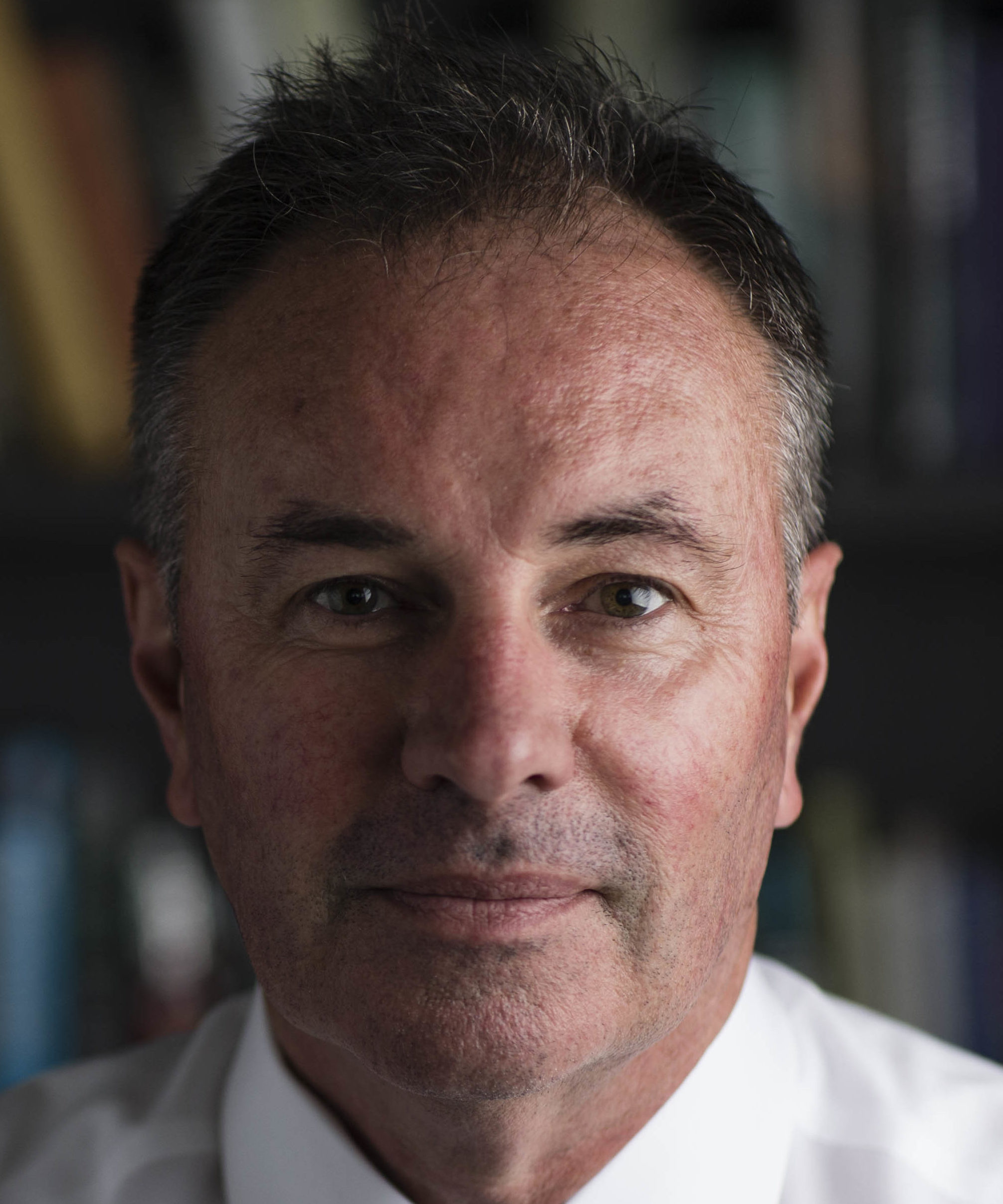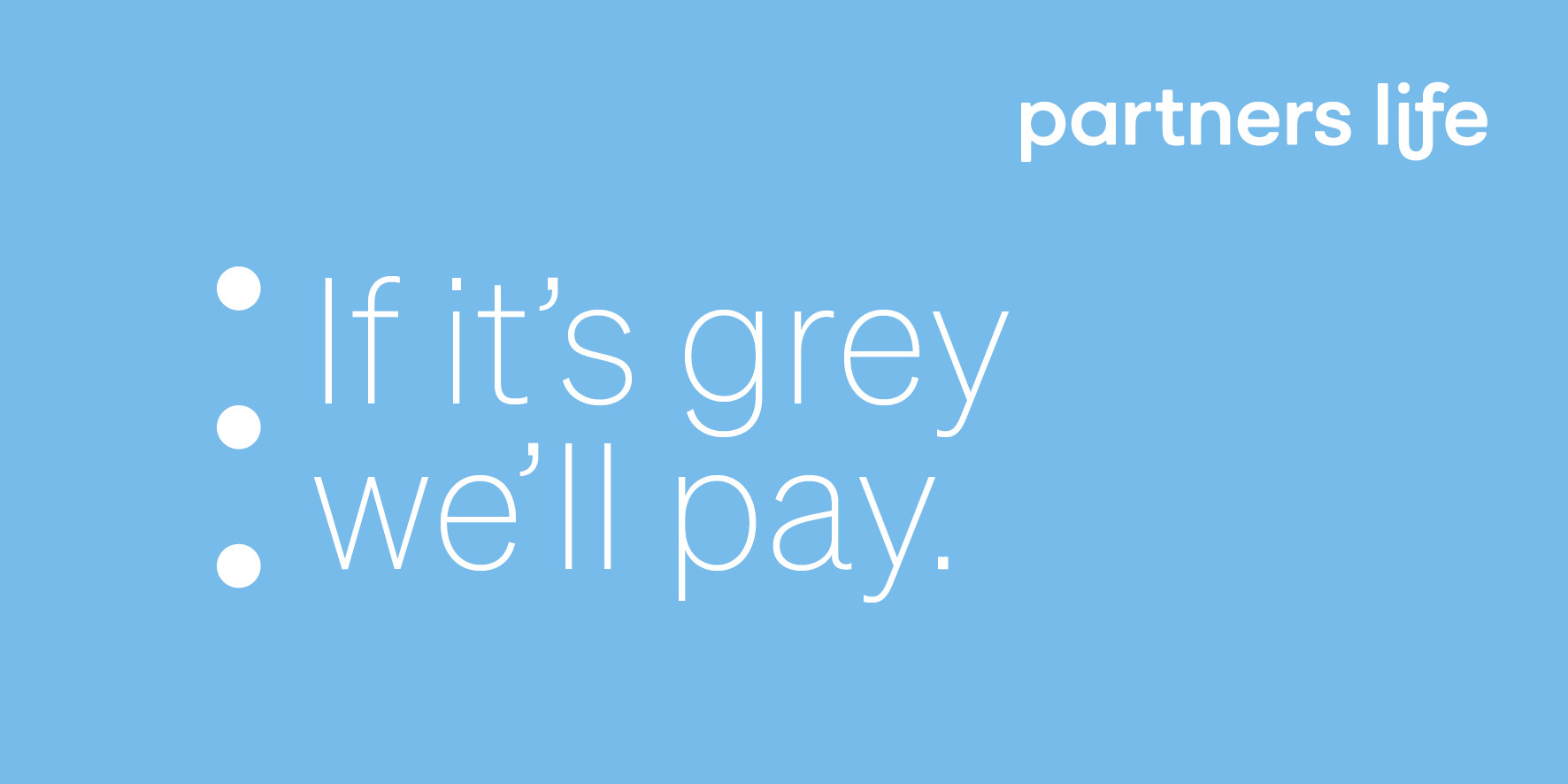nib New Zealand has released its FY19 results which Chief Executive, Rob Hennin, says reflected a focus on delivering more value to its members.
Key figures for the 12 months to 30 June 2019 (FY19) include:
- An 8.9% increase in claims for the year
- A 7.2% increase in net policyholders
- Growth in premium revenue of 6.9% to NZ$229.6m
The underwriting result was NZ$23.3 million (compared to NZ$27.4 million in FY18) which the insurer said was due to increasing claims expense, although the full year result demonstrated ongoing good commercial performance.

Hennin said nib is going beyond just providing New Zealanders with financial protection and security for their healthcare.
“We continue to make good progress in helping our members make better healthcare decisions, though initiatives like Whitecoat, which allows consumers to go online to search and compare healthcare professionals,” explained Hennin, noting more than 300,000 Kiwis visited the site in the past 12 months, which includes about 9,000 healthcare providers.
“We’re also working hard to reduce what our members pay when they do seek treatment or hospitalisation. Our recently expanded First Choice network guarantees zero out-of-pocket costs when our members are treated by an in-network provider. The network has delivered more than $1 million in claims savings in its first year of operation,” he added.
nib New Zealand Chairman, Tony Ryall, said there was also a bigger role for private health insurance to play in supporting the healthcare needs of all Kiwis in the future.
“We are all are faced with the same challenge – we’re living longer, which is a good thing, but the cost of keeping ourselves healthy while we age is growing rapidly,” Ryall said.
“It’s an inconvenient truth, but the reality is we’re simply running out of working age taxpayers to fund our nation’s more than $16 billion annual healthcare costs, with Government footing almost 80 percent of the bill. And with Treasury estimates showing that by 2036 there will be 2.6 working taxpayers to every retired age person, compared to 5:1 in 2011, our current funding model is just not sustainable.
“Private health insurance is part of the solution to this challenge,” he said.





